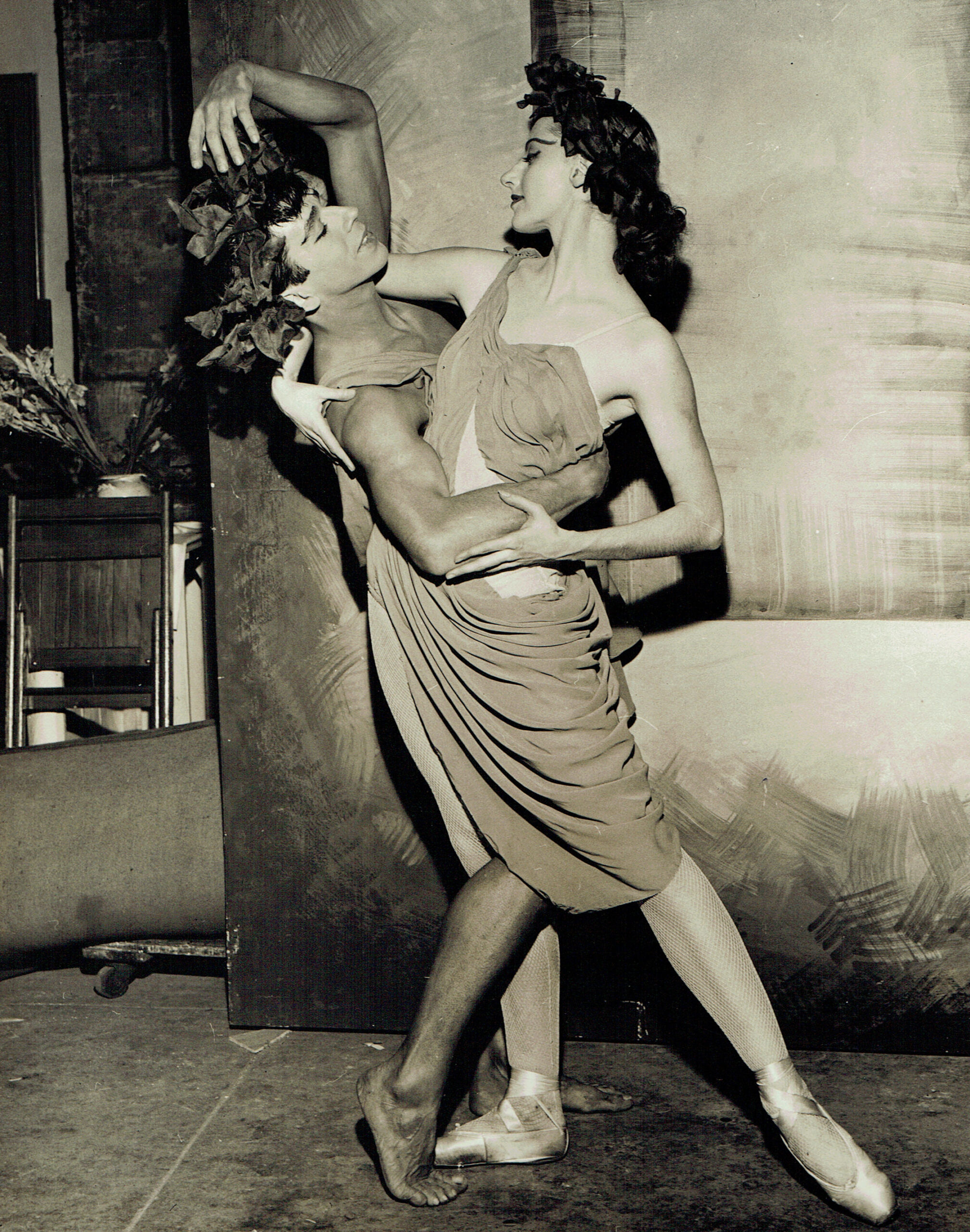Though it’s dark, still I sing,
Works from the 34th Bienal de São Paulo in LUMA Arles December 16, 2022 – March 5, 2023
The traveling exhibitions of the 34th Bienal de São Paulo were developed around a series of ‘statements’ that were selected by the curatorial team. Focusing on ideas of immaterial objects or narratives with compelling histories, around which artworks and artists come together these ‘statements’ aim to produce new readings of the artworks’ meaning while setting the tone for a journey through time and space.
About the statement The Portraits of Frederick Douglass
Born in Talbot County, Maryland (USA), in February 1817 (or 1818, depending on source), Frederick Augustus Washington Bailey was the son of an enslaved black mother and a probably white father who never recognized him – perhaps the plantation owner or overseer where his mother was forced to work. Despite numerous obstacles, he learned to read and write in his childhood and adolescence. He even organized literacy classes for other enslaved people like him. After some unsuccessful attempts, in 1838 he managed to flee to New York, which had abolished slavery in 1827. However, the dread and insecurity caused by slave catchers forced him to quickly move to New Bedford, Massachusetts, where he adopted the Douglass surname. Eloquent, charismatic and having lived realities that gave him a powerful perspective on society, Douglass promptly began an extraordinary career as a writer, orator, politician and, above all, activist for the abolition of slavery – which only became a reality in the United States in 1865. He became one of the most acclaimed and admired figures in the anti-slavery struggle. In 1895, when he died, Douglass was regarded as one of the most important men in US history.
In 1841, Douglass commissioned his first photographic portrait. He was fully aware that his image as a free black man could reverberate and amplify the anti-slavery fight. In a pioneering way, Douglass realized that the extensive circulation that the photographic medium allowed would be of utmost importance in helping the anti-racist struggle and the fight against postabolition segregation. No wonder, over the next five decades or so, he would become the most photographed person in nineteenth century America, demonstrating enormous mastery over his pose, dress, appearance, and framing. This unique portrait corpus is presented in the 34th Bienal de São Paulo, in almost its entirety, for the first time as part of an art exhibition.
Under Douglass’ penetrating and challenging gaze, works produced in different moments and contexts weave a complex and rhizomatic narrative, which reaffirms the importance of looking back, today, to the displacement, violence and resistance processes that scarred and continue to wound the lives of uncountable people. In these works, flows of images, cultures, and bodies intersect. They are the witnesses of the possibility to metabolize past and present traumas as fuel to demand the construction of the foundations of a fairer future.


